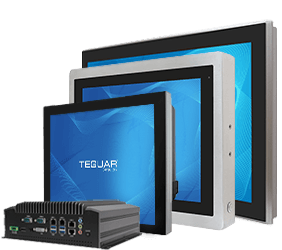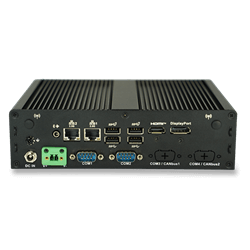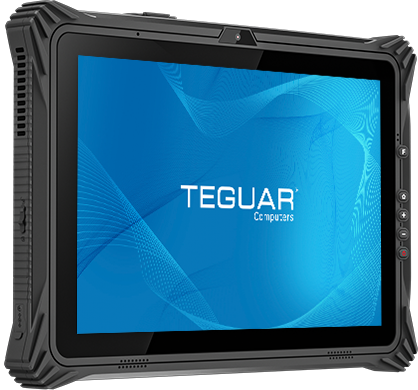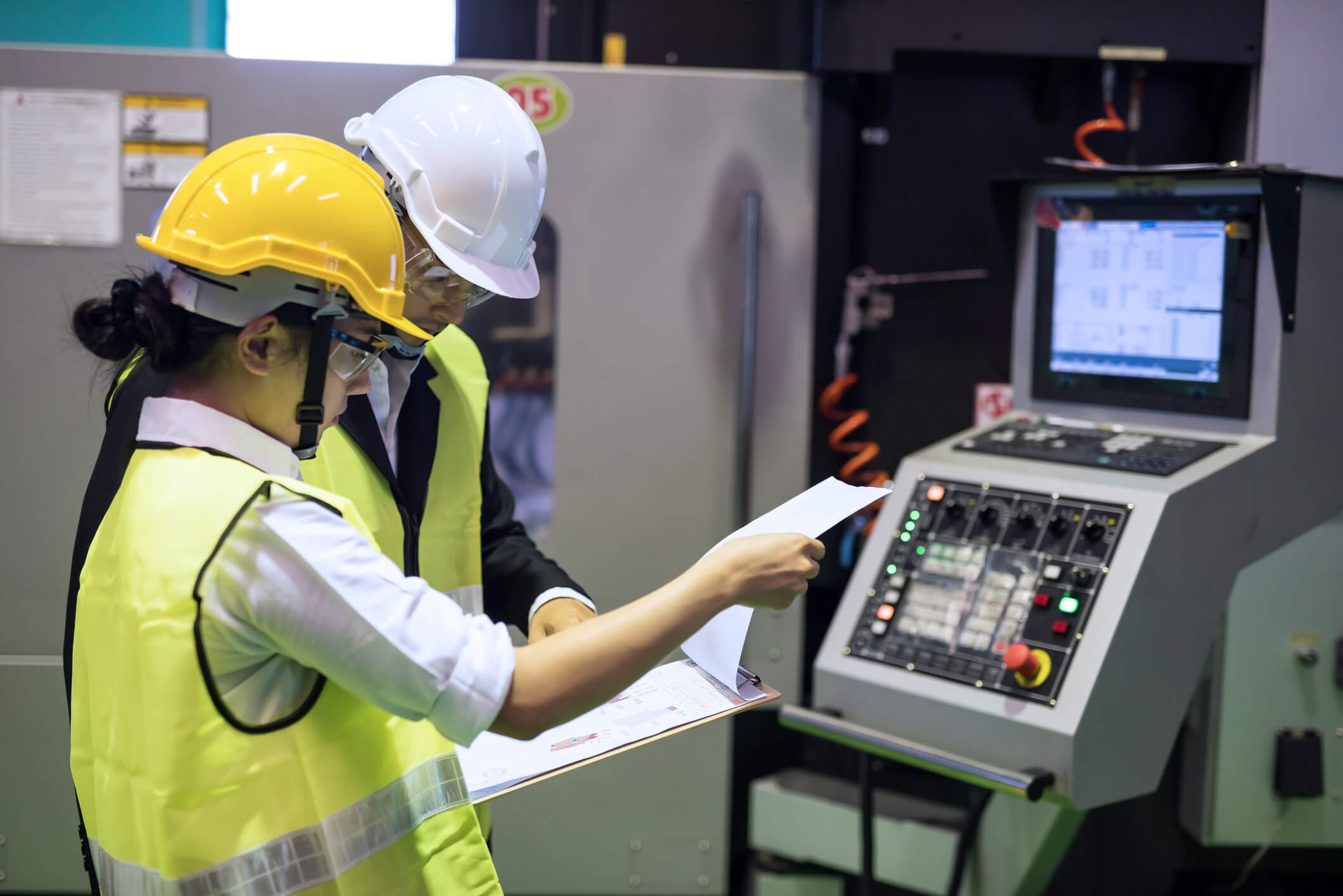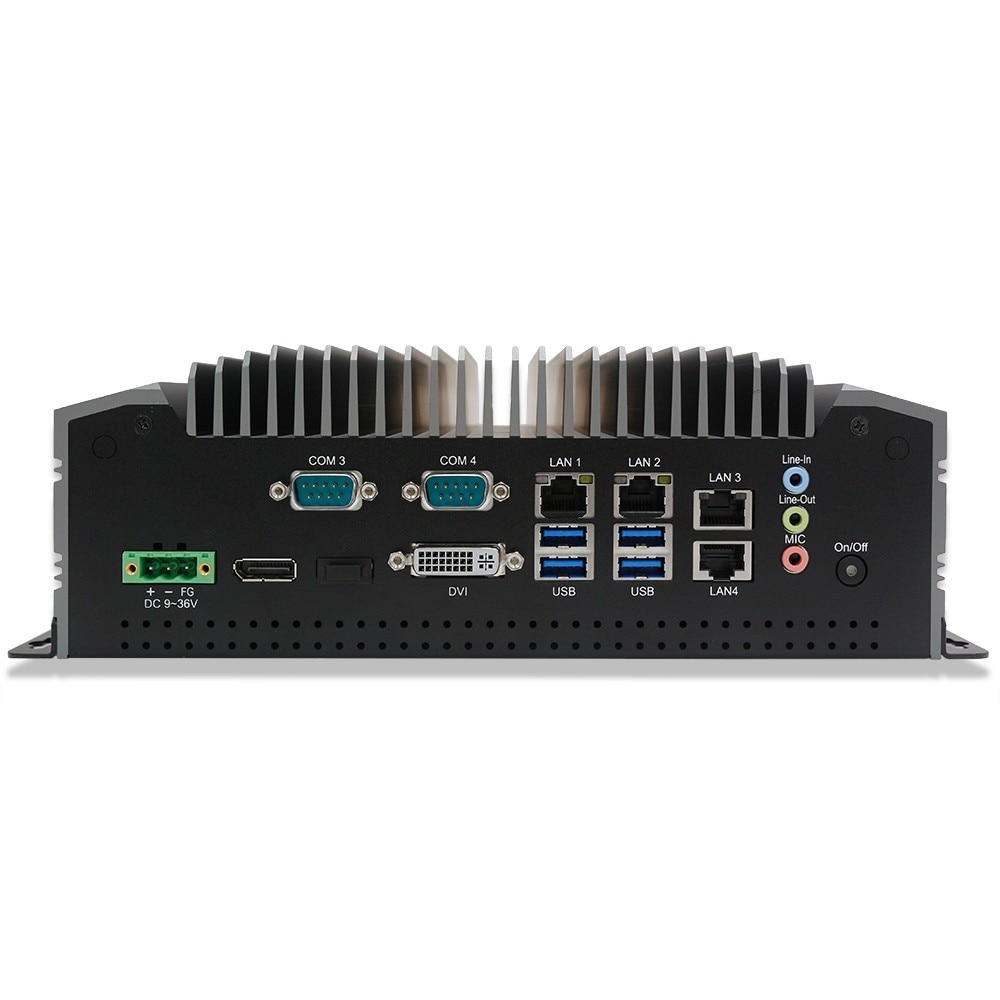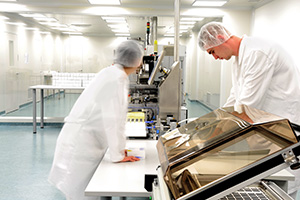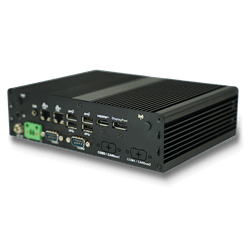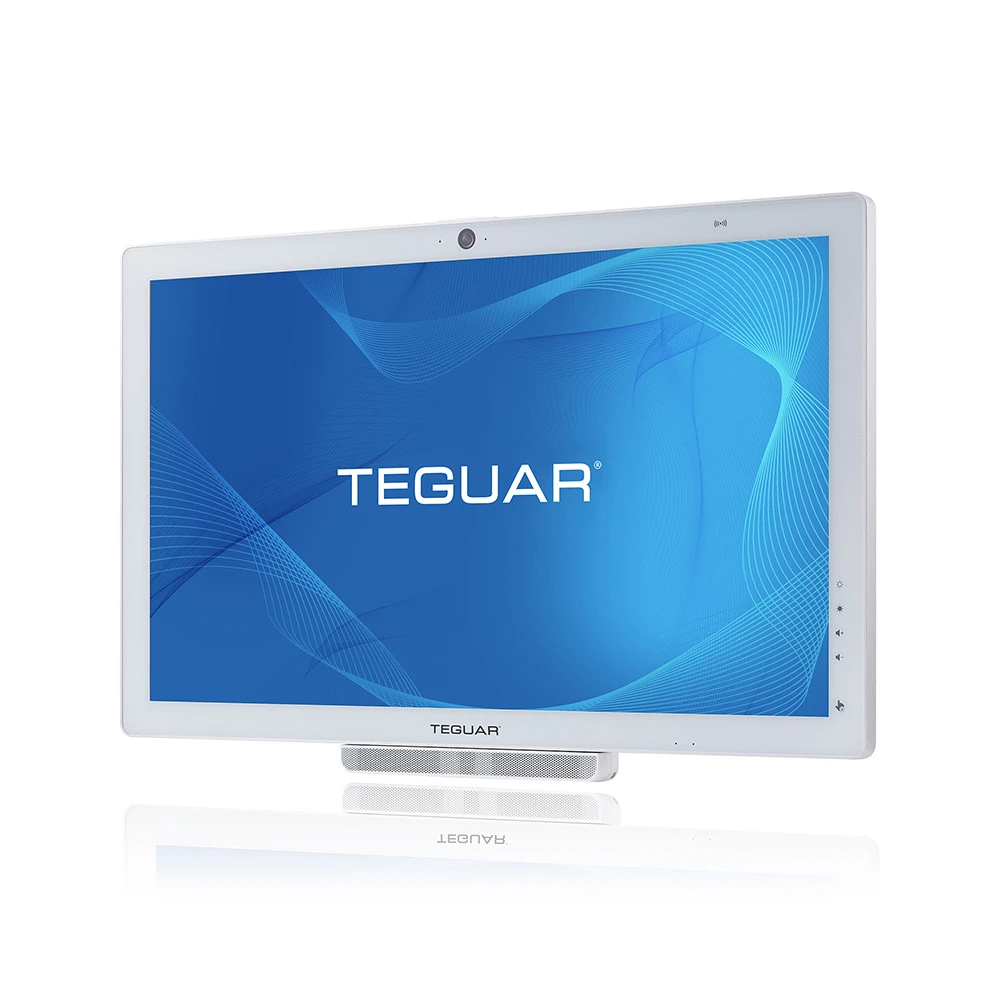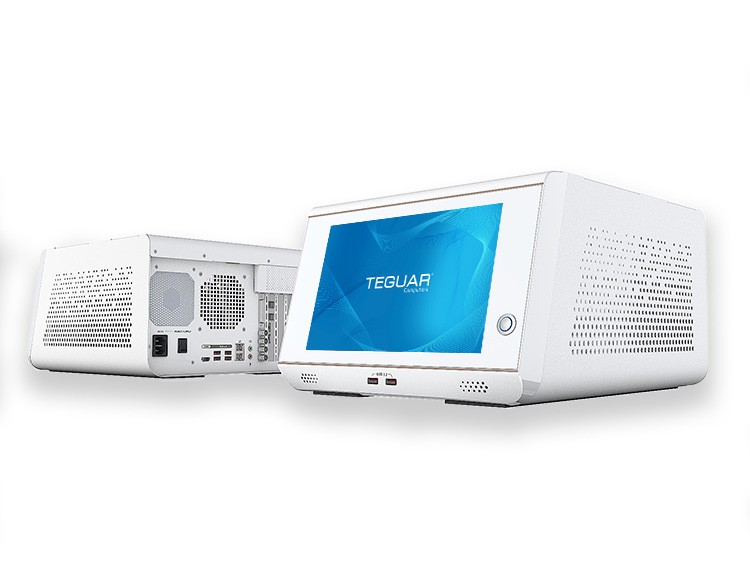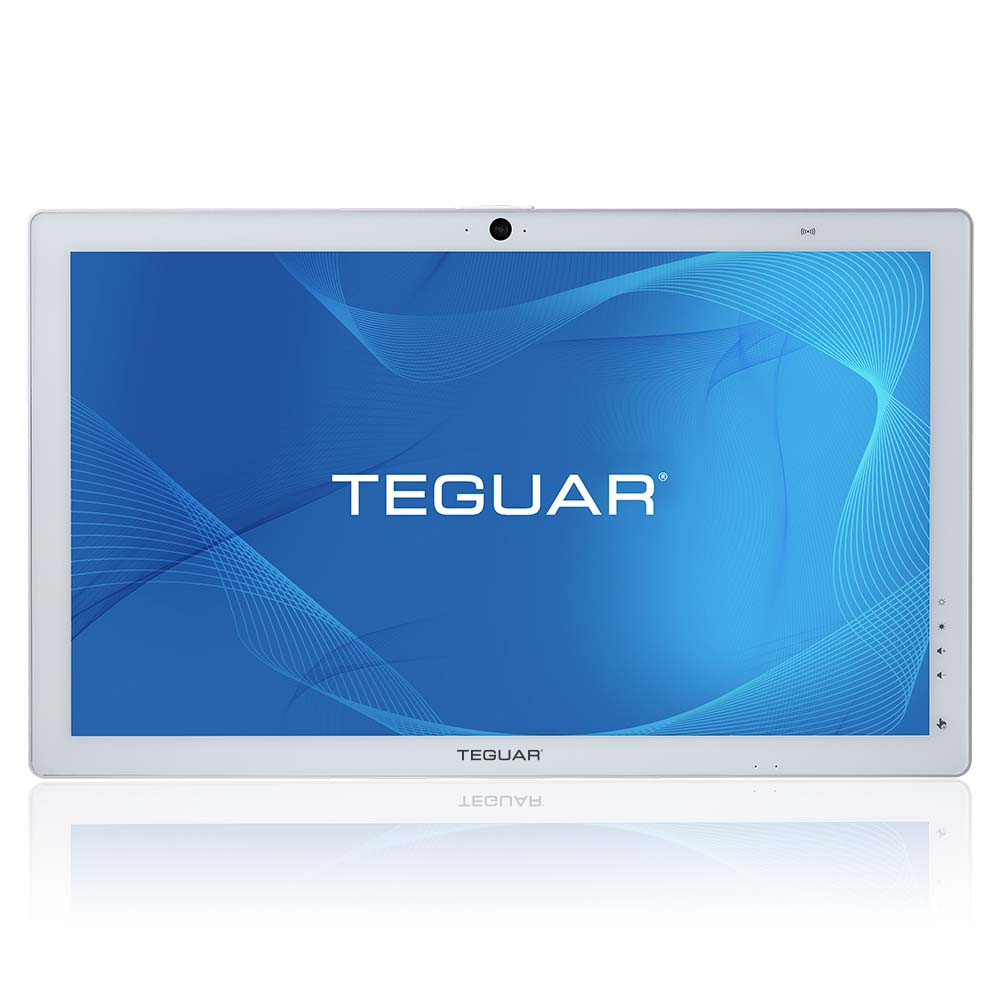Trends in Medical Tablet PCs
A brief comparison of early generation and current generation healthcare digital tablets.
| Early Generation Medical Tablet PCs | Current Generation Medical Tablet PCs (2018) | |||
| Housing | Some of the first medical tablet pc designs followed the Intel MCA (Medical Clinical Assistant) standard. This design comprised of a handle to easily carry & ergonomically fit the users arm along with built-in trigger buttons for scanning. These medical tablets had anti-microbial plastic housing. | Although Intel’s MCA overall platform has not been supported since Aug 1, 2012, manufactures still utilize the overall industrial design. As technology advances, electronics become more power efficient and lighter so many styles of housing are accepted. Presently, there are not many medical tablets with handles but Teguar has continued to fulfill customers demand for this with an innovative design. Anti-microbial properties have improved with nano-technology. The properties can now be coated on touchscreens, plastics, and rubbers so an entire medical tablet can be protected. | ||
| Display / Touch | The screen size range was smaller and would usually represent a clipboard size replacement from 9.7” to 10.4” which made it to easy to view patient’s charts. Resistive touch screen technology was only available when these first launched so the use of a digitizer pen was necessary to get accurate handwriting input. Screen backlights were CCFL which demanded more power. | Screen sizes have been accepted in multiple form factors and now range from 7” to 12.1”. One of the most power consuming components on a mobile device is the display backlight, so the transition from CCFL to LED backlights have definitely prolonged battery life. Smaller screens are lighter and fit in lab coats but are limited to some applications since it is harder to read small text. Larger 12” screens are becoming more popular as tablets are now lighter and more can be viewed at once. The digitizer pen option is still used but Projected Capacitive technology is widely accepted as technology improvements have increased accuracy. | ||
| Performance | The latest and most powerful Mobile X86 Intel CPU’s were used for mobile devices. Software required a lot more local computing power. | With the migration to cloud computing, thin clients have become more popular so less computing power is needed on the device. As Android OS has grown in popularity this also allowed the power efficient ARM CPU platform to make its way into the medical tablet realm. Teguar’s Medical Tablet PC line utilizes low to high performance X86 & ARM CPU’s to fulfill all global requirements. | ||
| Battery | Medical tablets PCs typically had a hot-swappable battery feature to allow clinicians full shift usability. Battery life ranged from 4-6 hours | Over time, electronic components have become more power efficient and battery technology has drastically improved. Today, up to 12 hours operating time can come from just one internal battery. This allows tablet use for a full shift. Then, they can be recharged in a docking station. With a decreased need to swap batteries, engineers have designed higher IP ratings. Higher IP ratings reduces crevices and ultimately makes the medical tablet PCs more hygienic. The use of hot-swappable or replaceable batteries is still important where users forget to charge tablets or when higher power CPU performance is required. | ||
| Accessories | Standard accessories were extra batteries, a docking station for additional I/O connectivity, a desktop station, charging stations for multiple tablets & batteries, or additional handles and straps. | Accessories have roughly remained the same but become more compact with improved security protocols. There has definitely been an adoption of utilizing more wireless technology such as GPS for ambulance routing, wireless charging for a clean simple charge, Bluetooth for sensors and peripherals, and all ranges (LF/HF/UHF) RFID & NFC for asset tracking. | ||
| Special Features | Early special features on Medical Tablet PCs were Digitizer Pen for signature capture, 1D/2D barcode scanner for patient and asset tracking, HF RFID to read patient verification from wristbands or quick security login, camera for tracking patient injury progress, and biometric fingerprint reader for instant secure access. Isolated ports were also used to protect equipment connected to the tablet. Special features were presented but not widely adopted as hospital processes and software had not caught up with the features. | Over time medical facilities honed in on what features were needed at each point of care or procedure and medical tablet PCs have become more customizable. Due to the variety of applications, Teguar’s Medical Tablet PC line offers a wide range of modular expansion options from 3G/4G modules, MSR/SCR, 1D/2D scanners or custom interfaces. As sensor technology and applications have advanced, a rise in demand for mobility has risen as well. Teguar has been on the forefront of this technology trend to develop custom & proprietary interfaces for medical clients. |
Summary: Overall, medical tablet PCs have become more adapted for healthcare settings while also adapting with general rugged tablet pc advances. They have changed from industrial tablets with one medical feature to a product designed for healthcare setting from start to finish.


